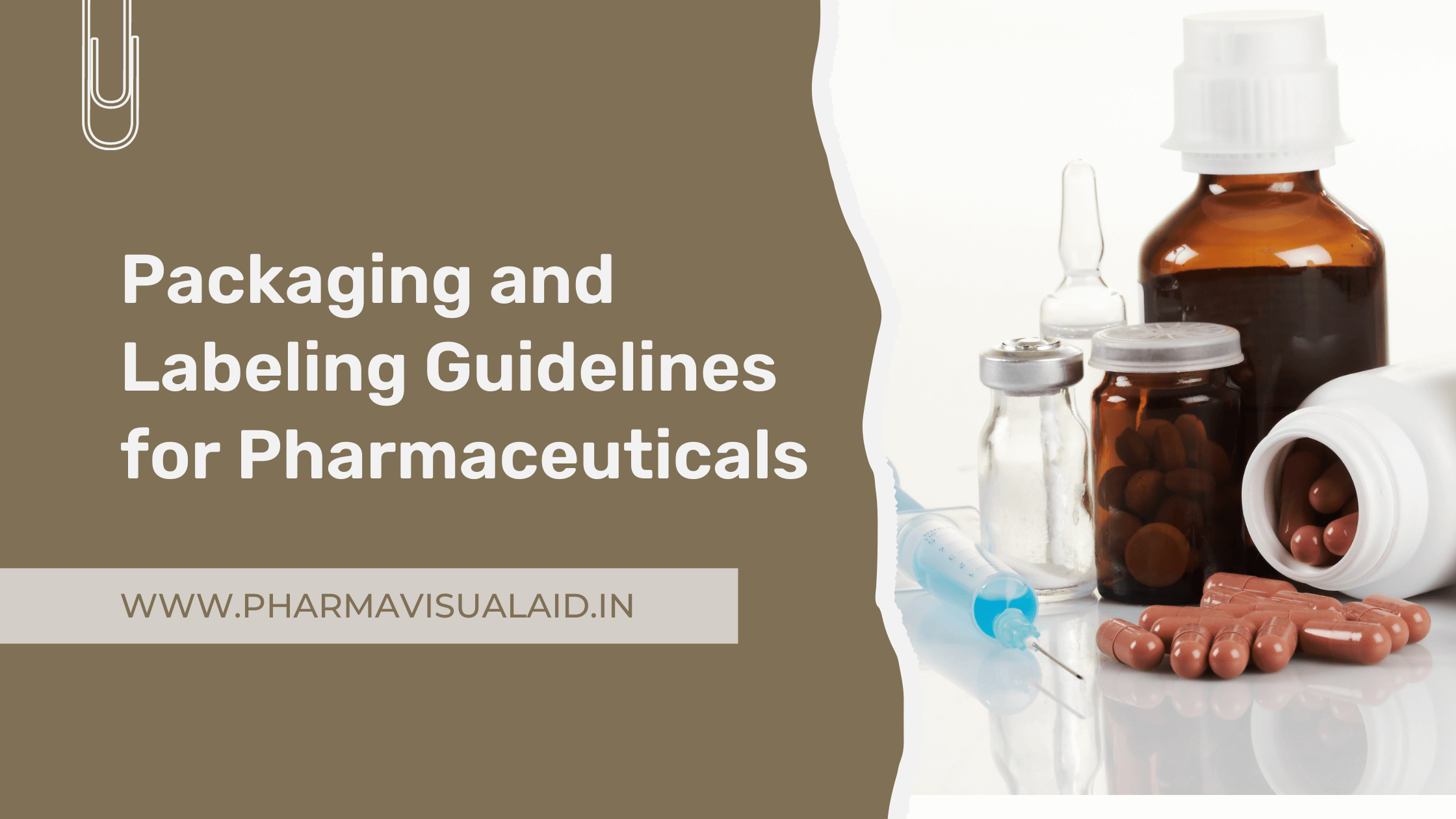Understanding pharmaceutical label design guidelines that regulate the labelling and packaging of pharmaceutical products is crucial for any company that sells them. The Food and Drug Administration regulates labelling standards, and here you’ll learn about their requirements for proper pharmaceutical packaging and labelling, as well as where to find quality labelling solutions.
Design Guidelines for Primary and Secondary Pharma Packaging
Any packaging that directly touches a medication, such as a blister pack or a pre-filled syringe, is considered primary packaging. A carton or an accessory like a syringe plunger rod are examples of secondary packaging that do not directly come in contact with the product.
All primary and secondary packing materials must be acceptable for their intended application, according to the FDA. “Suitable for intended use” indicates that the packaging should not only protect but also be suitable with the product’s dosage form. Primary and secondary packaging must also be constructed of a material regarded safe to use, regardless of the product’s administration route or dose type.
Pharmaceutical packaging should protect medications from microbial contamination, light exposure, and oxidation, which can cause degradation and loss of efficacy.
Primary packaging is also not allowed to contact the product in any way that would change or release carcinogenic or mutagenic ingredients into the product. Any product’s secondary packaging should fulfil at least one of the following functions. It should provide the following –
- Light protection for the packaging system
- Protection against excessive reactive gas emissions into or out of the packaging system
- Protection against microbiological entry
- Protection from excessive moisture or solvent transmission in or out of the packing system for packaging systems that require additional handling protection or are flexible
[ Don’t forgot to read: Process of Pharma Visual Aid Design & Printing ]
Labelling Instructions
The FDA requires that any pharma label printing for pharmaceutical usage be designed and applied to stay in place and be legible in a variety of situations, such as use and storage throughout the product’s lifespan.
Certain information must be included on all pharmaceutical labels, while the content requirements differ from product to medication. In general, a label must have the following information –
- Usage instructions
- Warnings
- Ingredients that are both active and inactive
- Product’s official name
- Dosage instructions
A label’s design must include a legible font type and size, appropriate content and structure, and approved materials. To ensure accuracy and uniformity of information, all labels should be properly examined.
Pharma Visual Aid has been in the pharmaceutical Visual Aid designing and printing sector for the past 12 years and has continually upgraded its capabilities to meet the needs of the industry.

